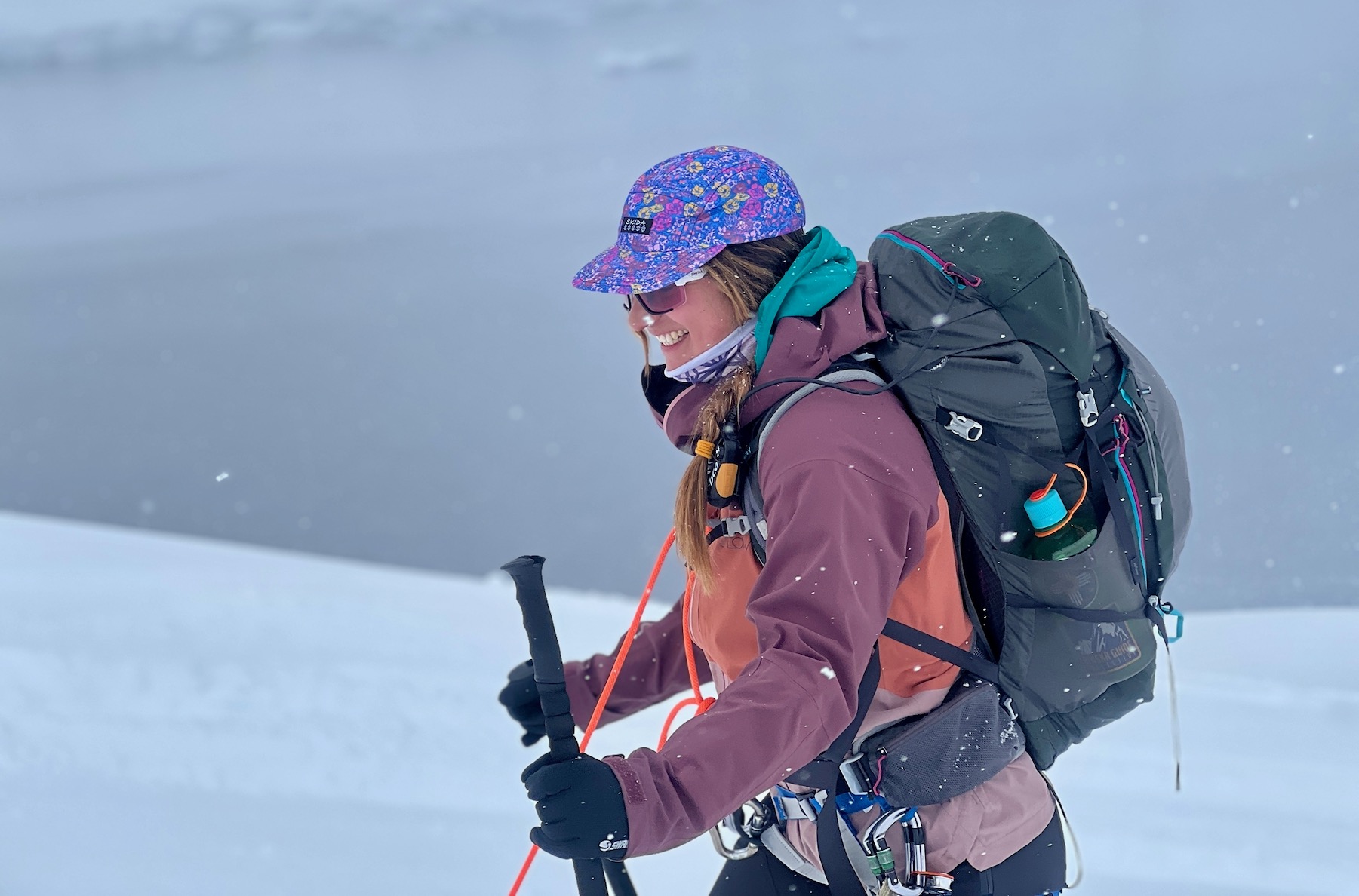
Intro
Most of our reviews are pretty long — and take a long time to produce — because we want to provide enough info for you to actually determine whether the gear we tested will work well for you.
But we get asked to check out an increasingly wide range of products, and sometimes, we just want to tell you about something we’ve been using and loving lately.
So that’s where this monthly series — Stuff We Like — comes in, where we keep you current on a broad range of stuff we’re currently digging.
And if there’s something you love that you think we ought to check out, drop us a note in the comment section below.
Strafe Recon Softshell Jacket & Pants
MSRP: $189 (jacket) & $149 (pant); on sale for $94.50 & $74.50, as of publishing
Luke Koppa (5’8”, 155 lbs / 173 cm, 70 kg): The original Strafe Recon kit was my favorite jacket + pant combo for spring and summer touring, since they offered enough weather protection to cut the bite of windy ridges and fend off a bit of snow / light rain, but were far more breathable than anything with a water-resistant / waterproof membrane. They were pared-down pieces that I could keep on all day, even when trudging uphill in temps ranging from 40-60°F (4-15°C).
Strafe updated their Recon kit last year, and while the purpose of the pieces hasn’t changed, almost everything else has. Despite generally being a fan of Strafe’s updates to longstanding pieces in the past, I was still worried about whether they had ruined an already excellent kit. Fortunately, those worries were quickly disproven — the new Recon kit has now supplanted the original as my favorite spring and summer touring outfit.
The new Recon Jacket and Pants use a stretch-woven nylon / spandex material (dubbed “Recon STRETCH”) that, well, stretches a lot more than the original, and also breathes a bit better.
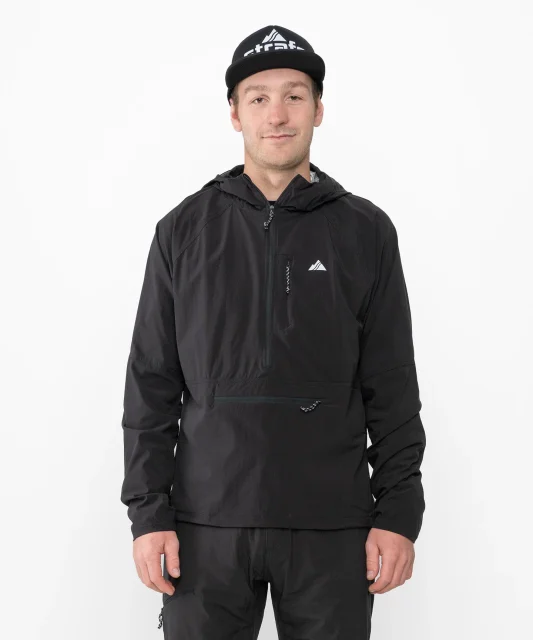

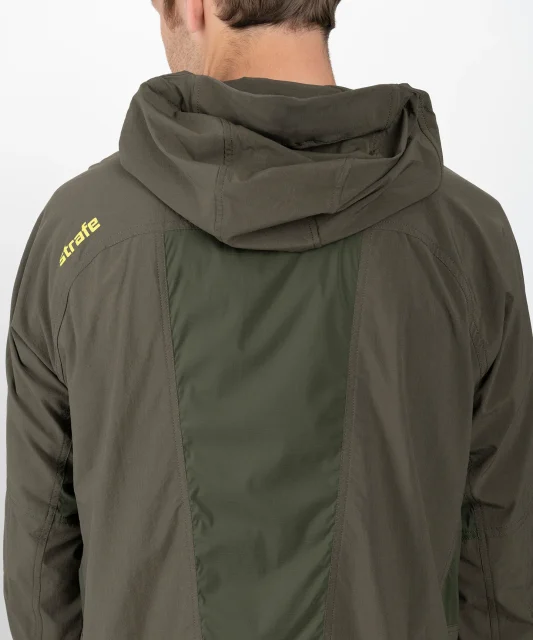
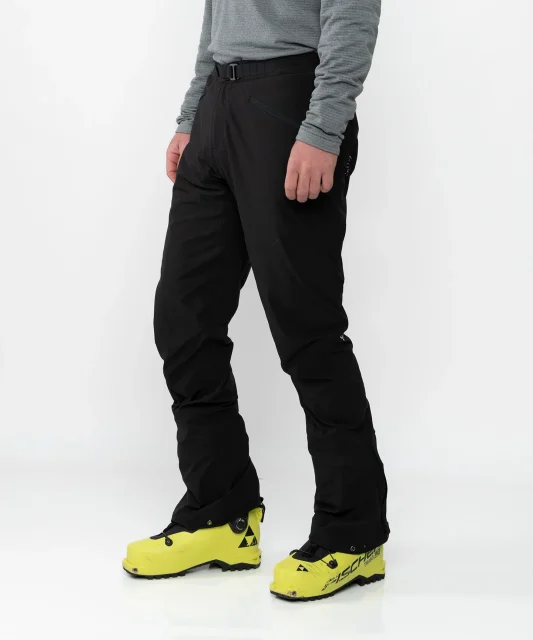

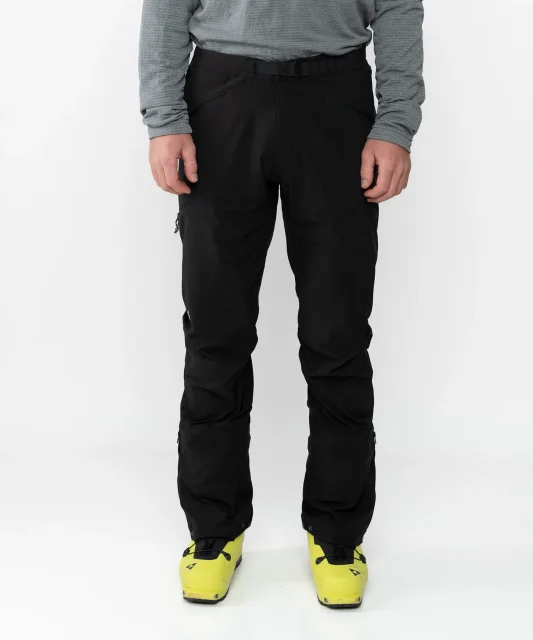
I doubt it’ll be quite as hard-wearing as the original (which was already pretty light), but I have yet to put any holes in the new Recon kit, even after plenty of bush-whacking days. The underarms and a strip of the back panel of the Recon Jacket feature an even lighter, airier “Recon AIR” material, which adds to the overall breathability.
I’ve been able to comfortably skin in the Recon kit (paired with just light baselayers underneath) in a very wide range of conditions, from near-freezing and slightly windy to well above freezing and sunny. When it comes to ski-oriented outerwear, this is the best “leave it on all day” kit I’ve used for warmer days and milder weather where waterproof outerwear is overkill but you don’t want to be skinning in shorts and a T-shirt.
In terms of weather resistance, the Recon kit does a good job of fending off wind; I wouldn’t call it fully windproof, but it blocks an impressive amount of it, given how well it breathes. When touring in colder temps with the Recon kit, I bring a light, insulated puffy like the Patagonia DAS Light to throw on during transitions. The Recon kit does a good job of keeping out light, dry snow and brief squalls of wetter snow, but it’s far from fully waterproof. That said, I’ve skied some fairly deep pow in it and didn’t have any major wetting-out issues; additionally, one of the upsides of such a breathable material is that your body heat can actually help dry out the material over the course of an outing.
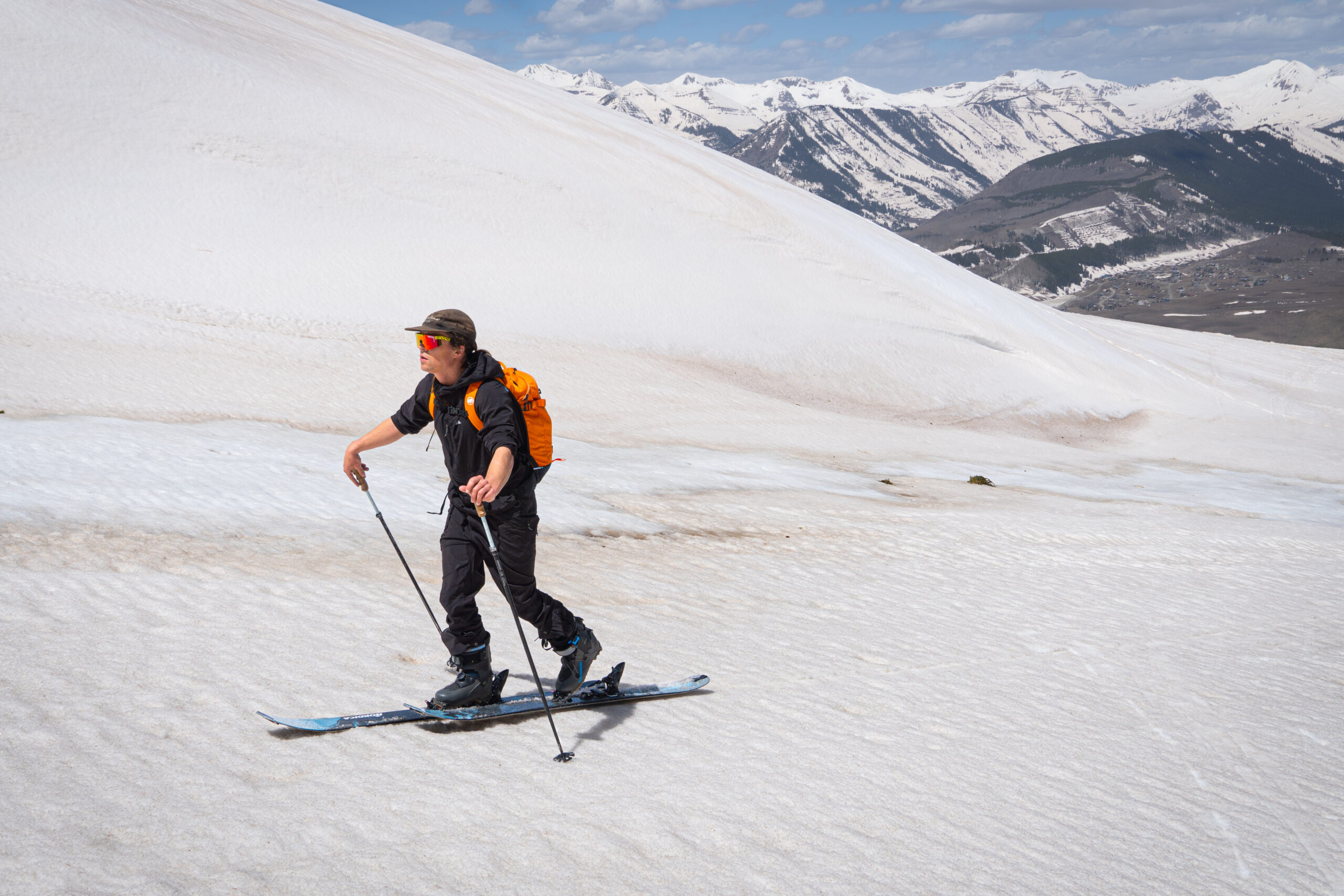

As far as fit goes, the Recon Jacket and Recon Pants run on the slimmer side of things, but they’re far from skin-tight. I can throw a light midlayer underneath the Recon Jacket and/or toss an insulator or additional shell over it with minimal bulk. The Recon Pants have never felt restrictive to me, thanks to smart patterning and its stretchy fabric. The latest Recon Jacket is an anorak with a roughly ⅔-length zipper, which means it’s not as easy to get on / off as a full-zip jacket, but due to its super breathable fabric, I typically just leave it on all day unless it’s very warm (over 45°F / 7°C), sunny, and not windy.
As for features, the Recon combo is pretty minimal while still offering just about everything I could want from a stripped-down, lightweight kit. The jacket has an external zippered chest pocket that’s great for a phone, and I frequently utilize its larger zippered kangaroo pocket for things I want quick access to (both pockets are accessible with a pack on). Throwing skins in that pocket leads to some sagging, but it’s totally fine for backpack-less resort skin laps. The Recon Pant has three pockets, all of which are zippered. I really only use the lower thigh pocket for very light items like lip balm since heavier items tend to bounce around on my knee, but the two hand pockets are more stable, and one features a smaller mesh electronics sleeve that can fit a beacon or phone (though there’s no reinforced attachment point). I’ve been able to fit skins cut for a 184 cm x 112 mm ski in the Recon Pant’s hand pockets, though they do protrude a bit (totally fine for a quick resort skin lap, though).
The Recon Jacket’s hood can be snugged down over a bare head or hat, and is fairly comfortable when put under a helmet. The Recon Pant features ‘invisible zip’ vents, but I honestly forgot they were there, in part because they’re so subtle, visually, and because I’ve never really needed more breathability. The Recon Pant also features zippers at the cuff to snug them down over smaller boots, which works well, though I wouldn’t mind some additional adjustment to tighten them even more when not wearing ski boots. The pants do feature grommets for elastic or gaiter attachments, and I’d definitely consider adding a gaiter for days that include a lot of crampon use; while the pant cuffs stay very snug over even lightweight ski boots, the stretchy fabric can catch on sharp points and I’m pretty bad when it comes to accidentally snagging any pants’ cuffs on crampon points. Lastly, the Recon Pant features an integrated belt that’s super streamlined and functional. I do often have its tension maxed out when just wearing a light baselayer underneath (I wear the Medium but could probably get away with a Small), but I love how simple, comfortable, and effective the belt is.
To summarize: the Recon Jacket and Pant are excellent options for touring days when the temperatures are warmer, the weather is milder, but you still want a bit of protection from the wind and occasional bit of snow. They’re definitely not designed to be super durable against tons of abrasion, and Strafe’s Cham kit is better suited to nastier weather. But unless I know there’s significant weather in the forecast, the Recon is what I wear for all of my spring and summer touring days. It is excellent.
Salomon MTN Carbon S3 Ski Poles
MSRP: $200
Kara Williard: I used to think I was not particular about ski poles. Well, I have been using one really great set for all of my backcountry days this season — Salomon’s MTN Carbon S3 Ski Poles — and their smart features and clever design has made me rethink the importance of ski poles and all the functionality they provide, especially when in the backcountry.
The MTN Carbon S3 is an adjustable pole with a 100% carbon shaft reinforced with kevlar. One of its best features is its extended foam grip, which allows for varying hand placement and is especially useful for uphill travel when you need to adjust pole grip / length on the fly. The upper grip has a nice anatomical feel for obvious hand placement, but I also like taking advantage of the extended foam grip as a comfortable alternative.
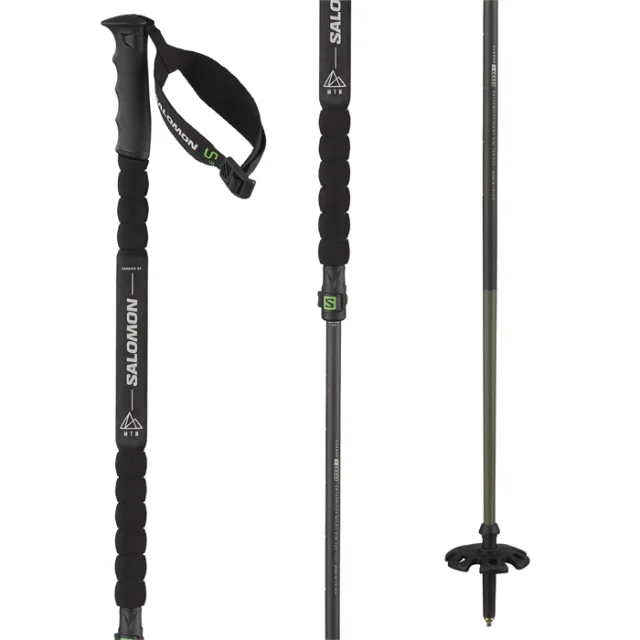
The poles feature a durable lever that locks in place after making adjustments, and its tightness can be tweaked by turning it one direction or another, so you can loosen or tighten the mechanism without needing to use a tool.
The MTN Carbon S3 poles have also proven really durable so far, from traveling to the corners of the earth in ski luggage (Japan and Antarctica), to surviving plenty of days when I gripped them a little too hard on a scary skintrack or while I tried relentlessly to de-ice my binding. The carbon Salomon uses is very stiff and feels quite robust, and I haven’t noticed any flexing or give while under a lot of pressure. And despite the extended foam grip and really durable materials, the S3 poles are still quite light and have a really minimal swing weight.
The MTN Carbon S3’s also have a releasable pole strap design, intended to break free in sketchy situations. While my first preference was to take the pole straps off entirely, the design makes it really easy to snap them back on in the future, if needed.
With all of these features, I have been more than impressed with the MTN Carbon S3 poles, so much so that I can now say that I am firmly in the “particular about ski poles” camp — for better or worse.

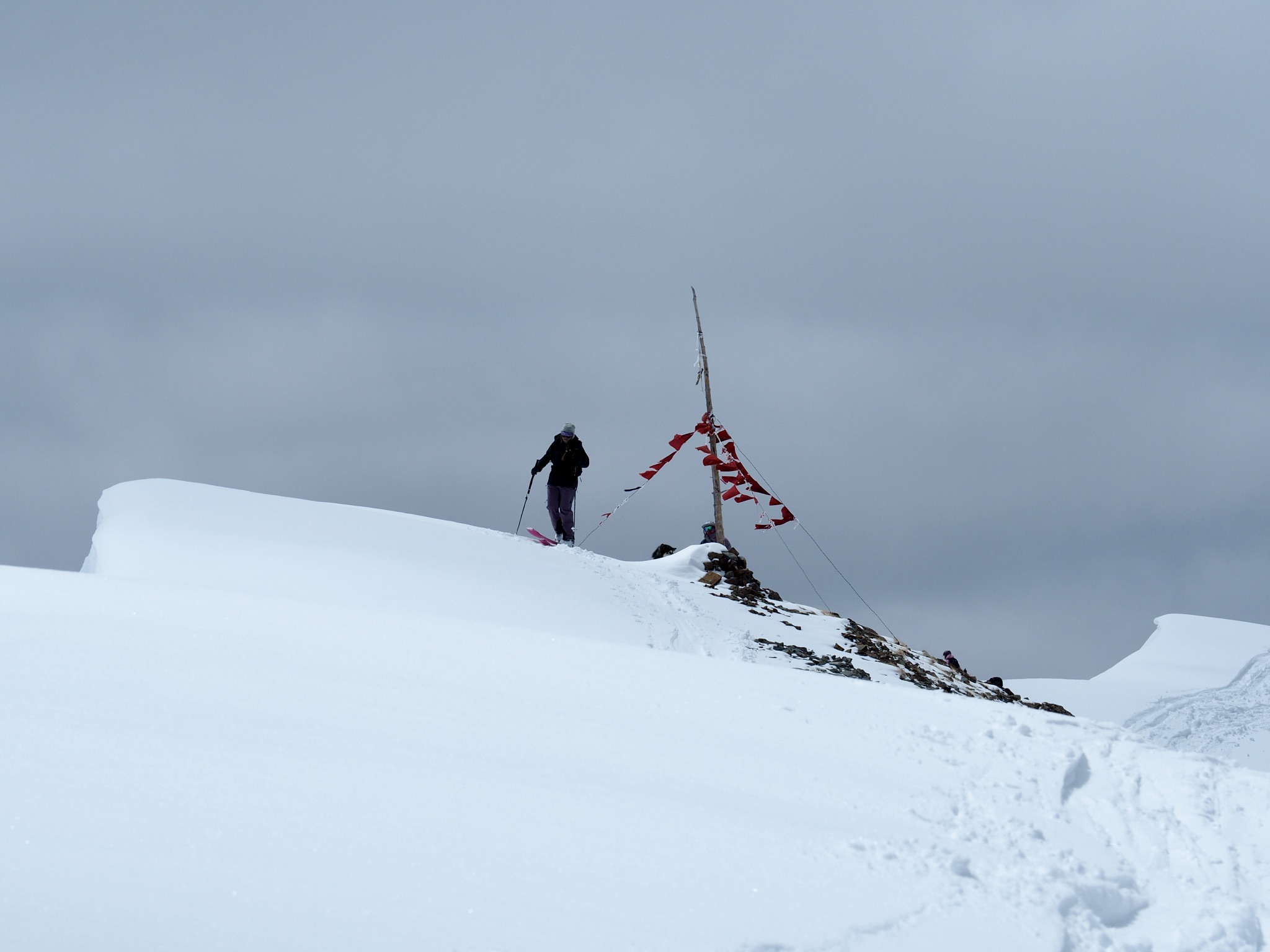
Opinel No.08 Carbon Steel Folding Knife
MSRP: $19
Matt Mitchell: I’m not someone who typically carries around a pocket knife. I’ve done so in the past but it’s always felt a shade performative. However, after receiving Opinel’s No.08 carbon steel folding knife as a groomsman’s gift at a wedding I recently attended, and finding near-daily uses for it, I’m slowly coming around to the idea of adding a lightweight blade to my everyday carry.
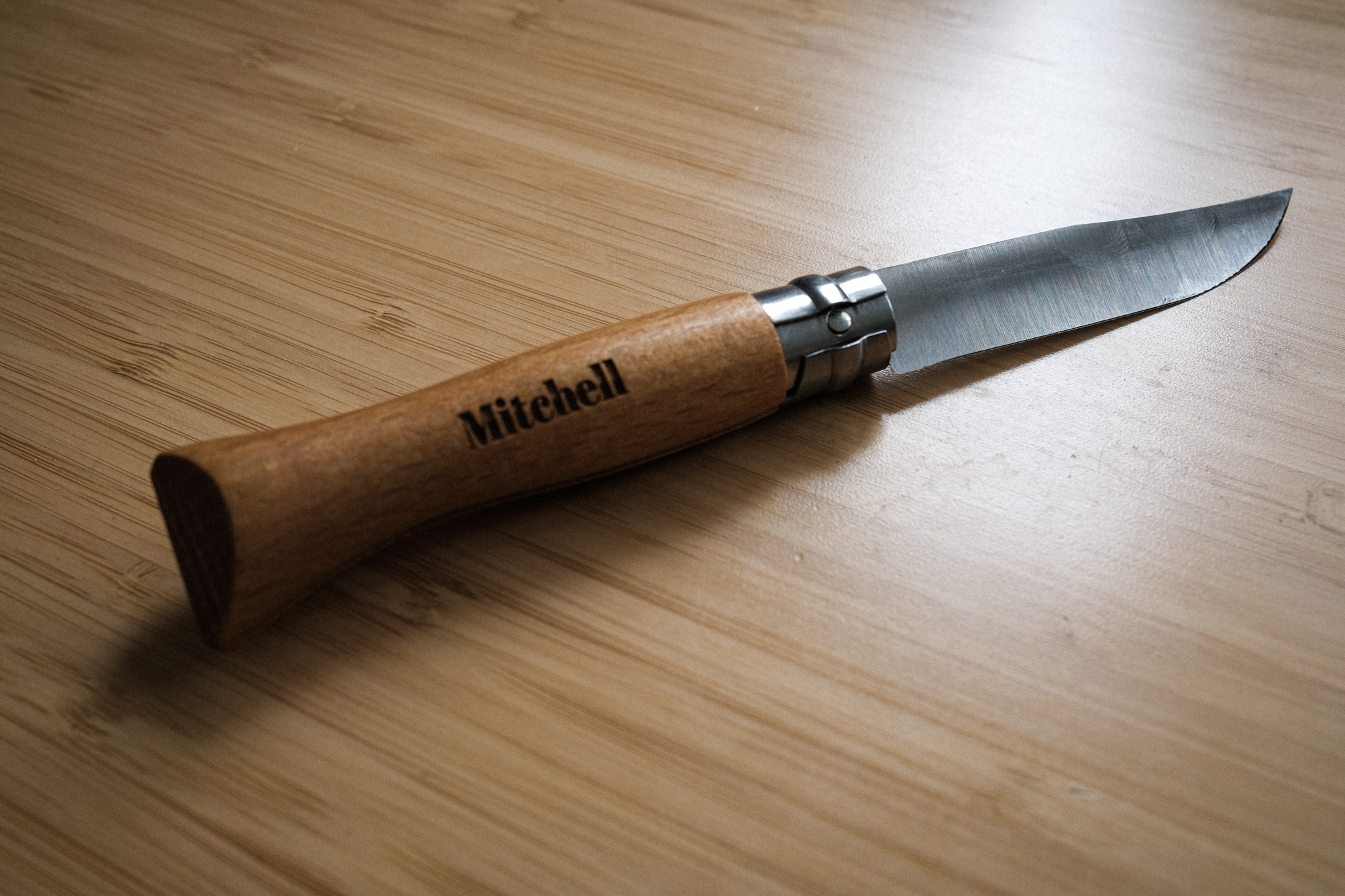
The timeless yet simple design behind Opinel’s knives, with their signature wooden handles collected from trees native to the Jura mountains, easy-to-use locking safety rings, and crisp carbon steel blades, make for tools that are not likely to break and are the perfect size / weight to keep on your person while on the move. I’ve enjoyed having mine within arm’s reach for daily tasks such as opening / breaking down boxes, pruning flowers in my garden, and other miscellaneous chores around the house. The No.08 features a 3.28 inch blade and weighs just 45 g / 1.6 oz, and at $19 a pop, I don’t sweat the inevitability of misplacing it like I would with a pricier knife.
Shore and Chore Cart — Premium Package
MSRP: $645
Dylan Wood: I’ve been after a product that lets me transport my whitewater kayak without the use of my car, and I think I’ve found it in the Shore and Chore utility cart. Whether it be a quick outing to the Gunnison Whitewater Park or a self-shuttle on some mellow local stretches, the Shore and Chore cart has opened up many possibilities for me.
Based out of the Midwest, company founder Curt Kramer was after a high-quality cart that let him easily transport his family’s gear down to a beach they frequented, particularly their large paddleboards. After finding out such a product didn’t exist, he decided to make it himself, and thus the Shore and Chore cart was born. The premium package is their top-tier product, coming with a bicycle towing adapter; side, front, and back slipcovers; and tie-down bungees. But it also comes in a standard package ($560, no bicycle towing adapter) and a basic package ($450, no bicycle towing adapter, no side slipcovers).


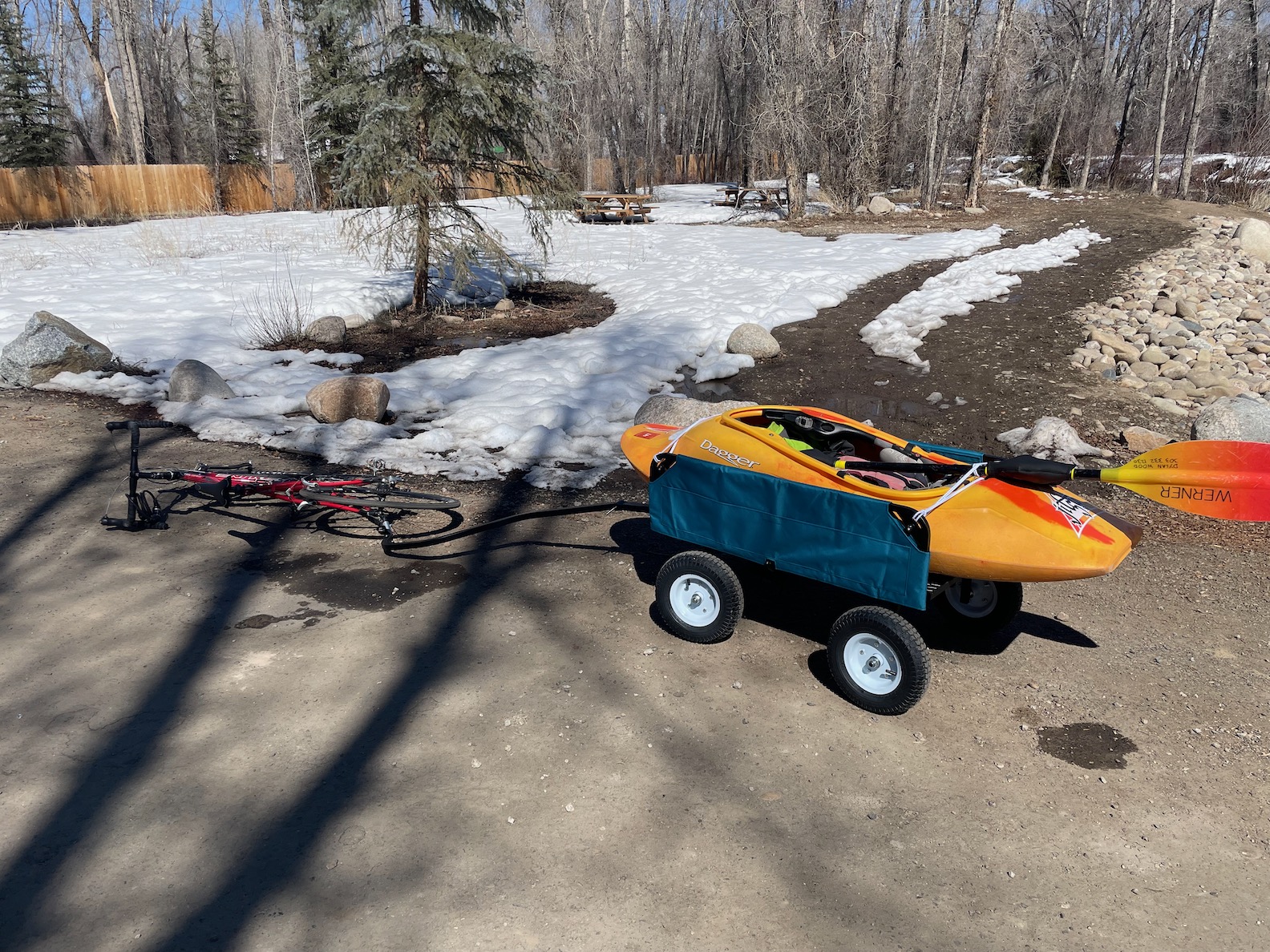
At a stated weight of 72 lbs, this cart is not light. It does make it a bit harder to move around, but its smooth-rolling, large tires (that also work well in sand) definitely help. Plus, with a claimed maximum capacity of 400 lbs (!), the Shore and Chore is built to also handle chores around the house or work site, such as moving around hefty, cumbersome items. The cart looks and feels really solid, well-built, and durable, but I am definitely going to be testing it more this spring and summer to see what it can handle.
I’m planning on writing a more thorough and in-depth review of the premium Shore and Chore cart, but so far I’ve come away with some very positive impressions, and it seems to be exactly the product I was after. At $645, it isn’t cheap, but it feels like something that will last me many miles over many years. Stay tuned.
RockyMounts DropTop
MSRP: $90
David Golay: The DropTop is the latest iteration of RockyMounts’ modular fork mount bike rack, meant for use in vans, truck beds, or wherever else you can think of to stick a standalone rack. I’ve been using one for a while now as part of a stealthy camper setup for my pickup, with the bike running lengthwise next to a narrower bed, and it’s working great.
The DropTop has mounting holes to be mounted vertically (i.e., with the bike hanging) or horizontally, and is compatible with 12, 15, and 20 mm through axles up to 110 mm wide (i.e., most modern bikes apart from Fat ones) and with 9 mm quick release forks with the addition of a dummy axle, sold separately. A set of shims in the clamp compress enough to accommodate both 12 and 15 mm axles without swapping any parts; removing the shims is needed for a 20 mm axle, but simply requires prying them out. That part is a little tricky — they’re a bit tight — but not too bad, especially with a little help from a flat blade screwdriver or similar.
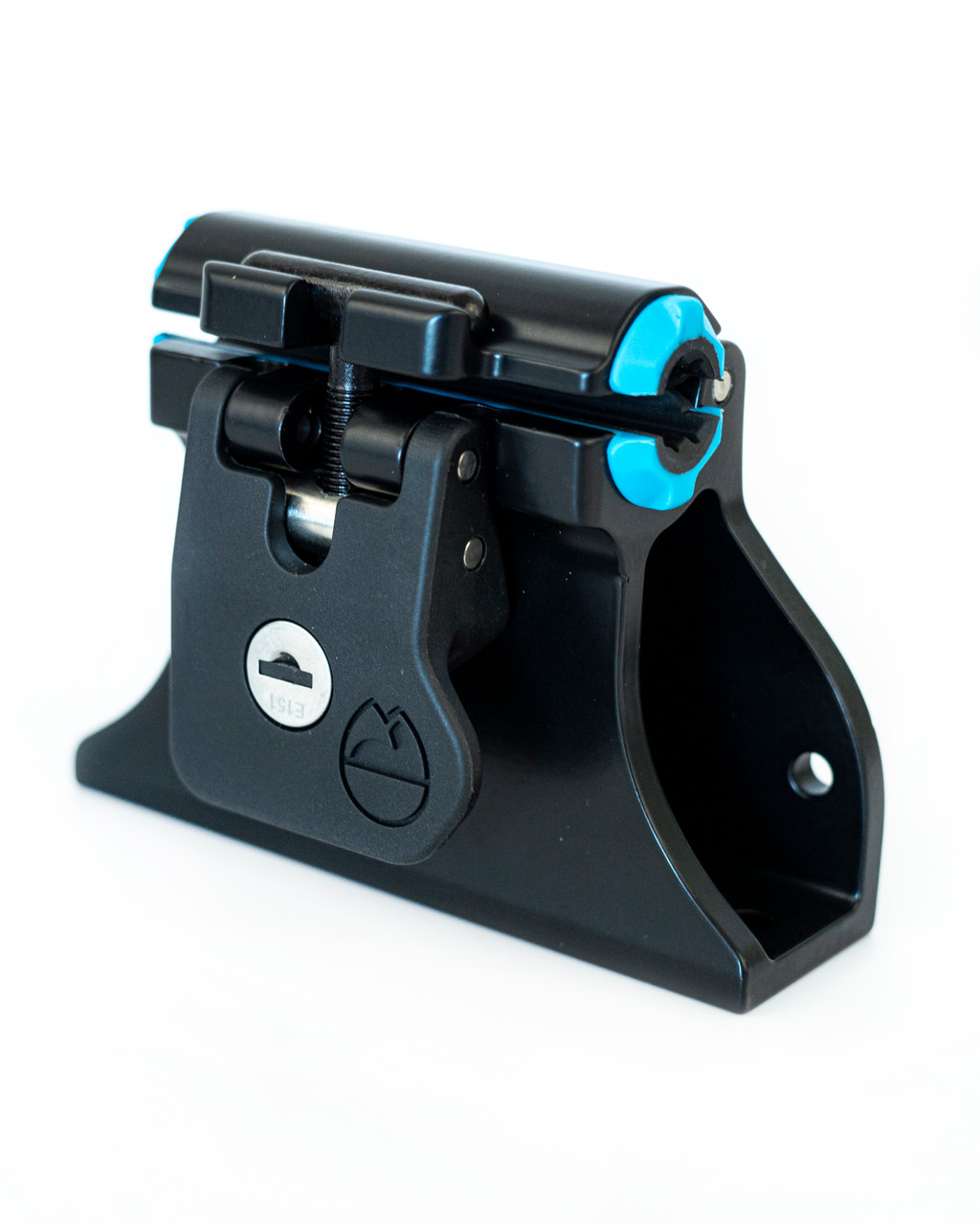
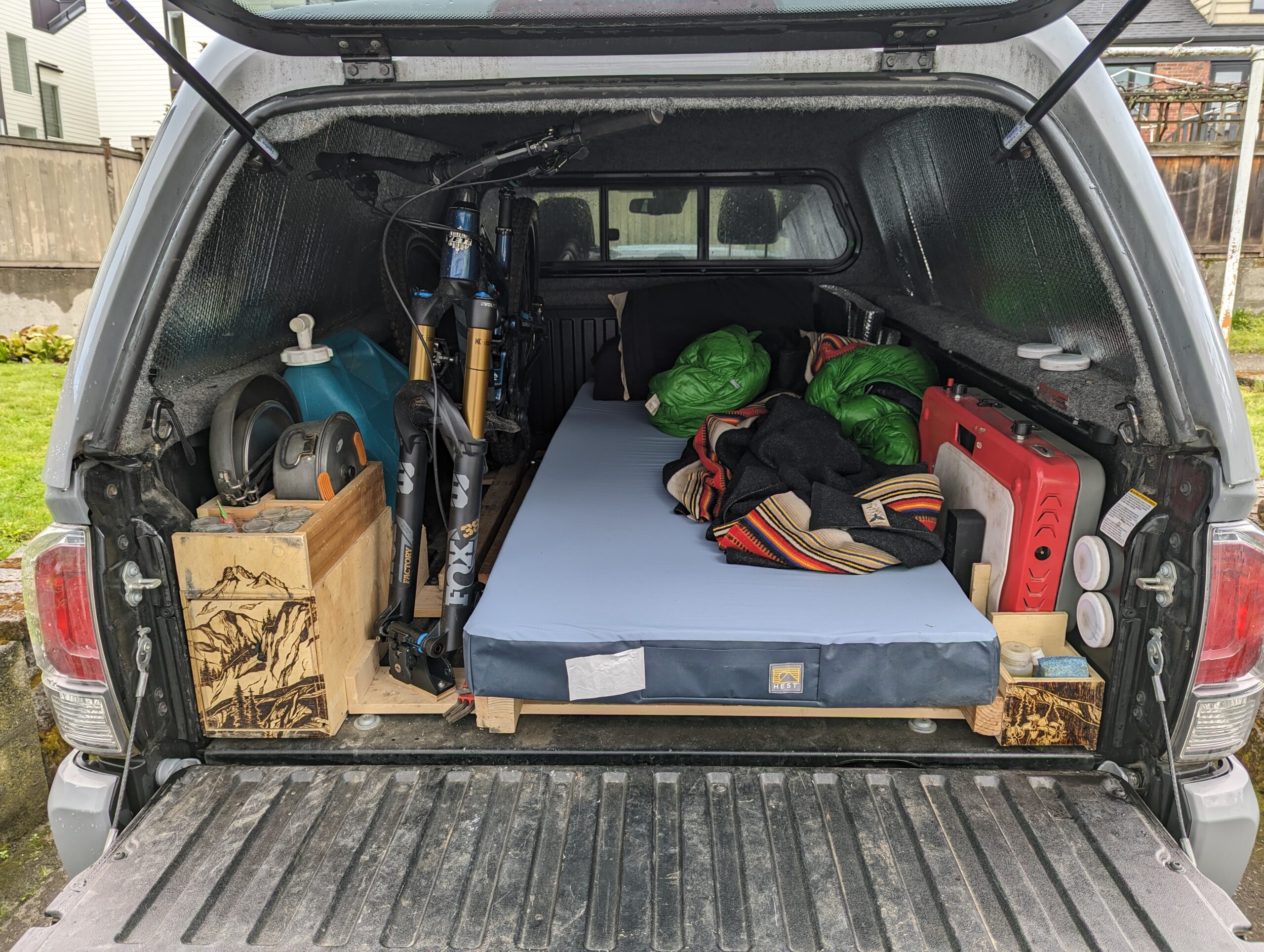
The DropTop also has a locking cylinder for extra security — the idea being that it clamps the axle tightly enough to make it hard to remove the axle and steal the rest of the bike. I haven’t put a huge amount of torque into an axle with the axle clamped out of fear of damaging it, but the DropTop definitely clamps well enough to make the process tough. And it can be ordered keyed alike to an existing RockyMounts system if you have one.
I did make a little angled shim to make the bike stand a little more upright with the fork turned (which you can see in the photo above) but it wasn’t strictly necessary. The DropTop has been working great and is super easy to use, and seems more than burly enough to keep going for many, many years…
Portland Design Works Water Bottle Cage
MSRP: $25
Kara: Fun water bottle cages didn’t really seem like something I’d ever desire or care for, but on a trip to Vermont last fall I was introduced to PDW bottle cages and quickly came to love their funky designs. After using them for the past six months, I have enjoyed putting them to the test. They provide a secure grip on my water bottles but also make them pretty easy to grab whilst moving on the bike.
These bottle holders are made of alloy, and while they aren’t the lightest, they have proven durable and scratch-resistant so far.
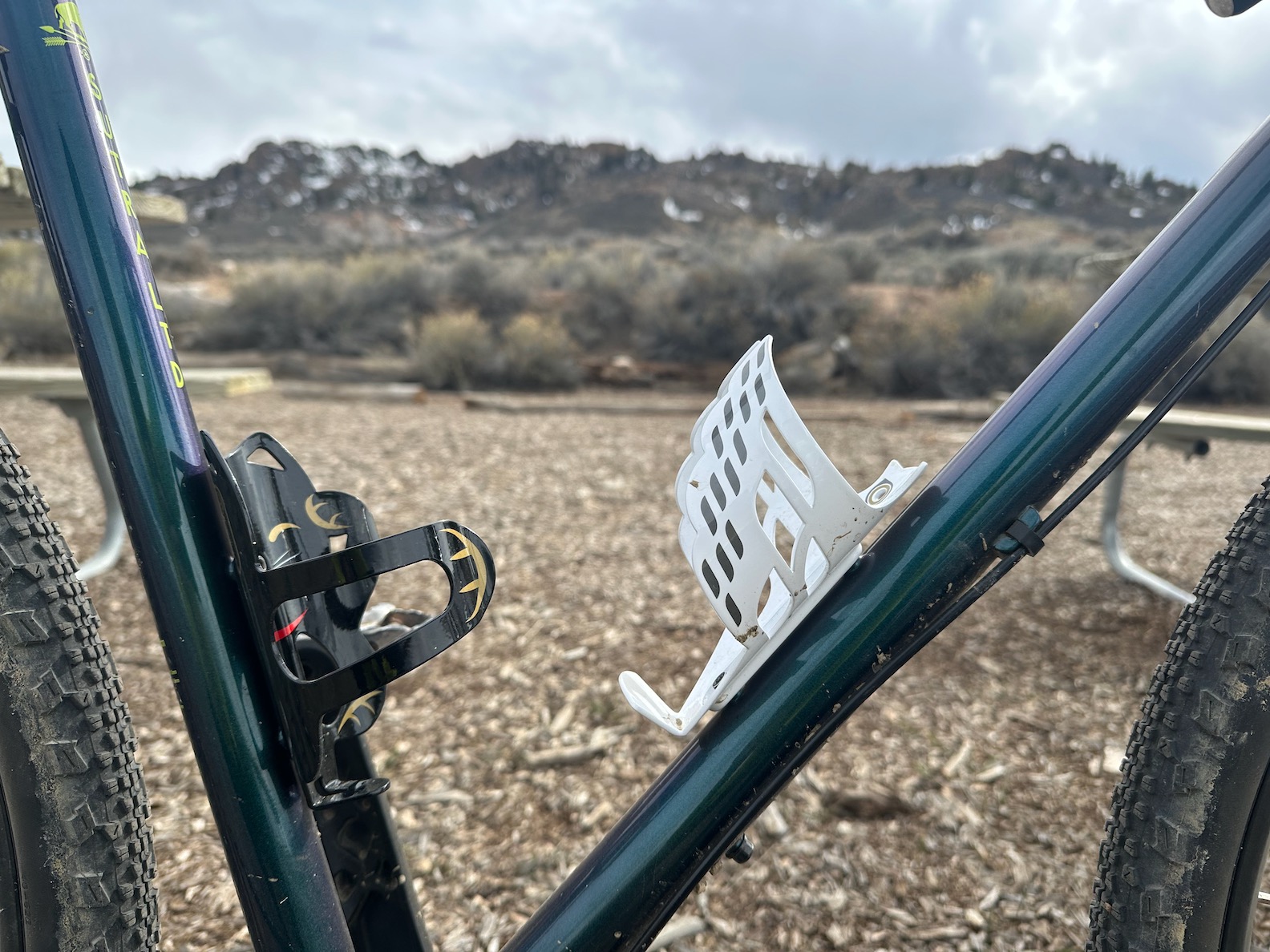
The best part is undoubtedly all of the fun animal designs and colorways the cages come in — from owls to cats, dogs, and sparrows, they are a great way to add a little bit of stylish flare to your bike. If you are looking for the lightest bottle holders, these likely won’t be your first choice, but if you’re willing to go for something a little heavier that is certainly a lot more fun (and tough), the PDW cages are worth checking out.
SiS Beta Fuel Gel
MSRP: $14.99 (6-Pack)
Matt: They say that long-distance running can be simplified down to an eating contest between peers. The ability to stomach calories on the move trumps fitness most of the time, particularly as the length of the race increases. As such, I’ve been working on training my gut in advance of some stout summer goals that will likely involve a disgusting amount of caloric consumption. Gels seem to be the most efficient way for me to fuel, but I’ve built up quite an aversion to them from years of stuffing my face with flavors from popular brands, to the point where just their smell makes me nauseous.
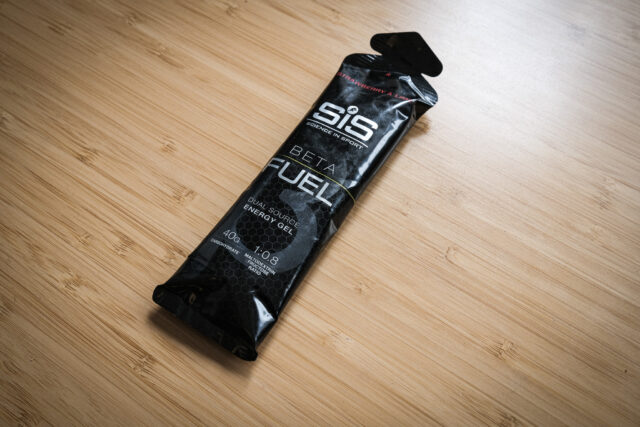
Skida Brim Hat
MSRP: $48
Kara: I have a lot of brim hats but I only have one favorite brim hat, and it’s made by Skida. The Skida Brim Hat is a great lightweight, breathable, very packable, and comfortable hat that I can wear for a lot of activities, one that I make sure I always bring along with me on every trip or adventure.
The packability of the Skida Brim Hat is certainly appreciated; I can pretty much stuff it in any small space or pocket and ensure that it will keep its shape. It fits great under helmets too, and because it has a cinch strap, it’s one of the few hats I trust on windy ridges. It’s comfortable and low profile but still offers sun protection, saving me from I’m sure many sunburns. Plus, as with everything from Skida, the patterns and colors are quite beautiful and unique. It’s only a matter of time until I purchase another one.


I feel a ski pole shootout test coming on!
Love Skida products, have a few hats and tubes, served me well over quite a few seasons
I’ve said this before, but I’m certain that “Stuff We Like” is my favorite part of Blister.